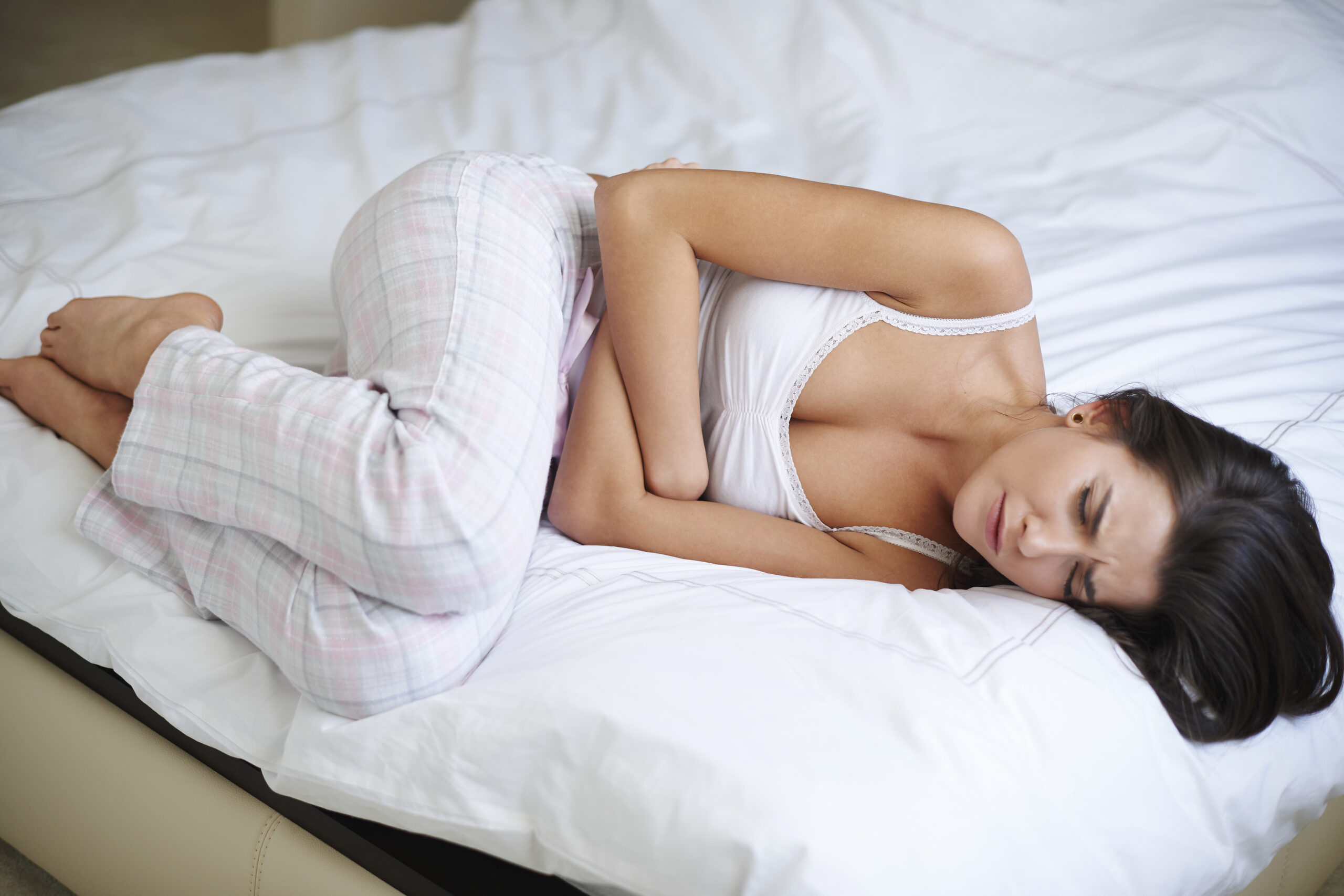Hey Ladies!! Do you have PAIN during “that time of the month” ??
Pain during a woman’s “time of the month” is considered normal. So normal in fact, that it has its own name. Period pain is called Dysmennorhoea (Dis-men-or-ee-a). Dysmennorhoea is the most common health issue women face during their reproductive years, about 60% of us deal with this (Bajalan 2019). It can affect quality of life, reduce social activities and have symptoms that affect different areas of the body.
There are two types of dysmennorhoea. Primary dysmennorhoea involves menstrual pain but an absence of pelvic issues. Secondary dysmennorhoea is menstrual pain that has an association with pelvic pathology (for example, endometriosis). Although this sounds intimidating and for some debilitating, there are ways we can combat this.
Fortius Physiotherapy has good news for you. Physiotherapy has been shown to help relieve menstrual pain in women with primary dysmenorrhea (Kannan 2014). Treatments like heat, transcutaneous electrical nerve stimulation and yoga can help to manage menstrual pain.
Below you will find some research-based tidbits on how to help you cope with pain and discomfort during “Aunt Flow's visits”.
- YOGA (60 min 1x/wk for 12 weeks) can help reduce menstrual cramps and menstrual distress! (Yang 2016) - The physical exercise, relaxation and meditation help to calm the nervous system and in turn help you to perceive less pain.
- AROMATHERAPY massage of the abdomen can help reduce menstrual discomfort. (Sadeghi et al, 2015)
- Research shows that Cinnamon, Ginger and Fennel AROMAS have been shown to effectively reduce pain intensity and duration of pain during menstruation. (Yincong Xu et al 2022)
Keep in mind though...
- High perceived STRESS has a significant correlation with menstrual PAIN. (Rafique et al 2021) The most prevalent menstrual problems are strongly related to stress!
but....
- EXERCISE therapy is an effective way to manage symptoms of menstruation!! (Kirmizigil et al 2020)
- Exercise showed LARGE effects in reducing menstrual pain. (Armour et all 2019)
- STRETCH, STRENGTH, MUSCLE RELAXATION AND JOGGING are effective in reducing dysmenorrhea when they are regularly performed. (Ortiz et al 2015)
- ACUPRESSURE and HEAT showed moderate effects in reducing menstrual pain. (Armour et al 2019)
- WATER intake (1600mls/day) showed a considerable decrease in using pain killers and in pain intensity during menstruation. (Behnaz Torkan et al 2021)
Now we all have options to help control menstrual pain as an alternative to analgesic medication (Advil, Tylenol) that is PROVEN through research!! If you have any questions or would like help with an exercise, stretch or yoga program contact us at Fortius Physiotherapy.
Tania Mannella, PT, DPT

